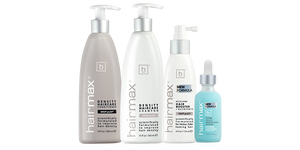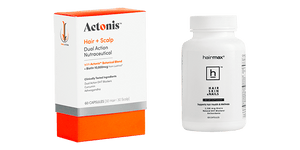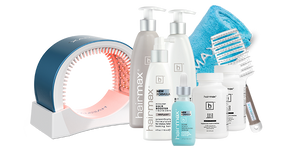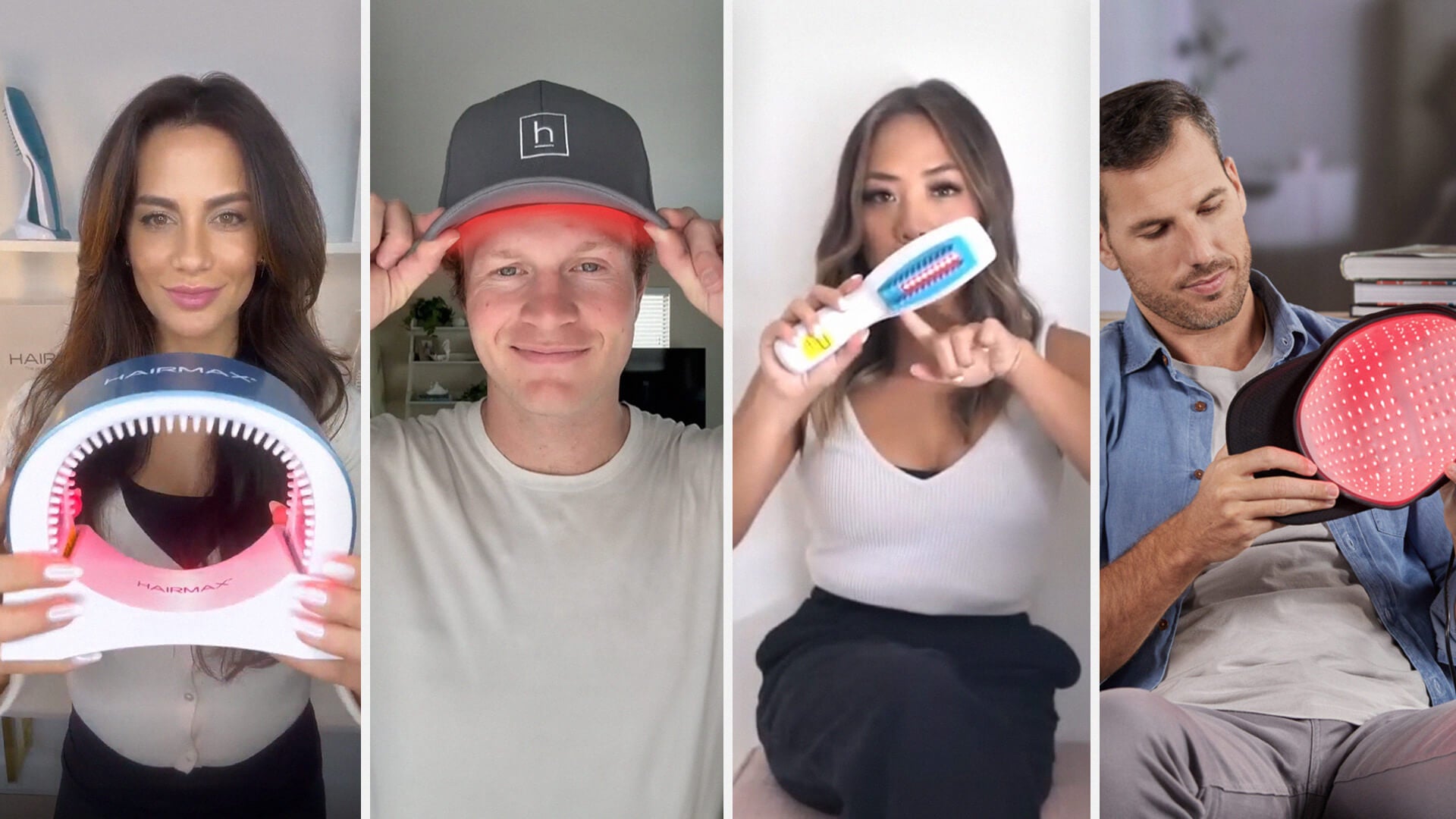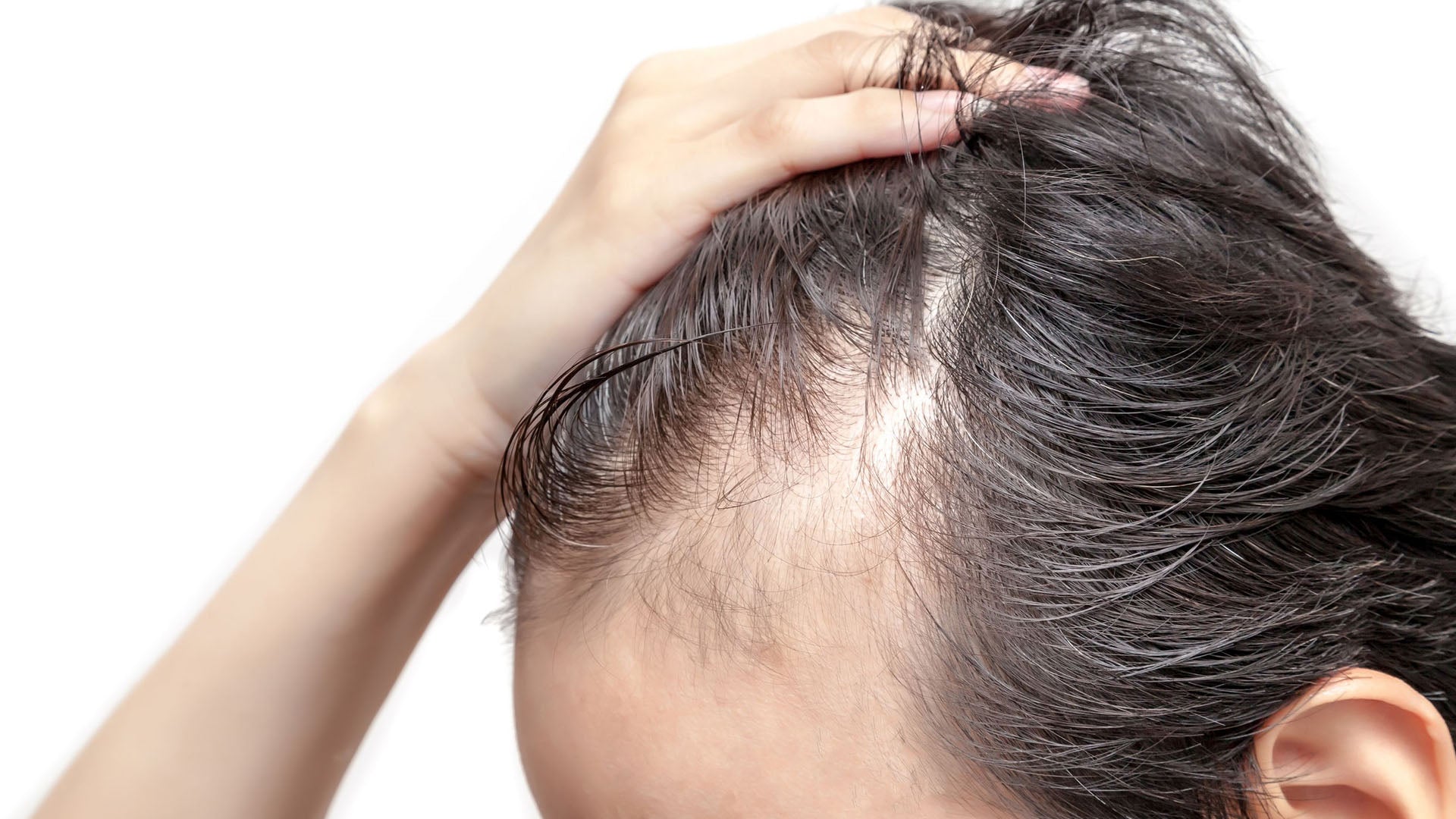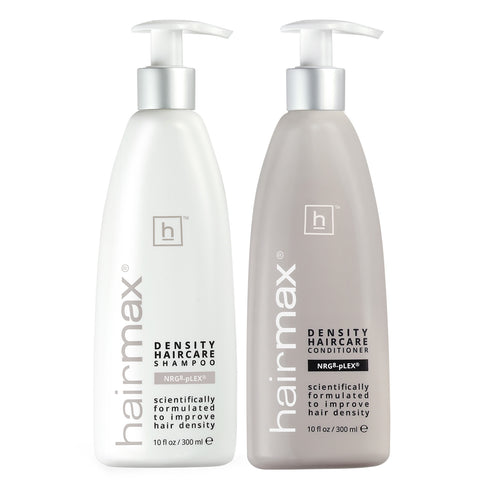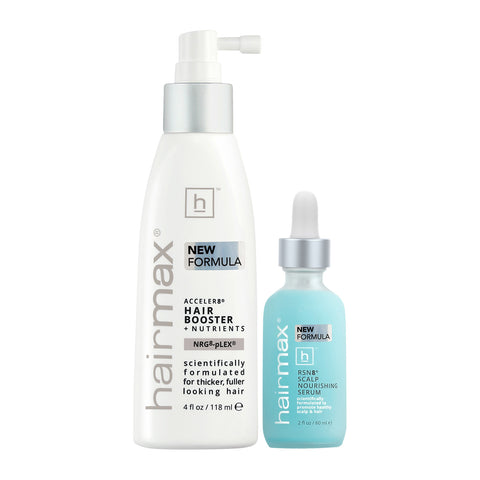Hair has long been a defining feature of personal identity, and beyond the rich hues, there are scientific truths that vary between hair colors. One of the most intriguing facts about our scalp is that the average person is born with around 100,000 hair follicles.
However, this number changes depending on the natural color of your hair. But why is that, and does hair color also affect hair loss? Let’s dive into the numbers and science behind hair color, hair count, and its impact on overall hair health.
The Numbers: Hair Count by Color
It’s not just texture and style that makes every head of hair unique. Your natural hair color plays a significant role in the number of hair follicles on your scalp:
-
Redheads: On the opposite end of the spectrum, natural redheads have the fewest number of hair strands—an average of 90,000. But what they lack in quantity, they make up for in thickness. Red hair is typically coarser, which gives the illusion of more volume.
-
Brunettes: Those with brown or black hair fall somewhere in between, with an average of 100,000 to 110,000 strands. Brunettes tend to have slightly more strands than people with darker black hair, but both shades enjoy thicker strands compared to blondes.
-
Blondes: Blondes have the densest hair population, with an average of 150,000 hair strands. However, the trade-off for this abundance is that blonde hair tends to be finer, which can make it appear less full.
The variation in hair strand count stems from genetics and the natural processes that regulate pigmentation, melanin production, and hair follicle development.
Does Hair Color Affect Hair Loss?
While your natural hair color dictates the number of hair follicles you start with, the rate and likelihood of hair loss are largely unrelated to the color itself. Hair loss is a common condition, but it’s driven by multiple factors, including:
- Genetics: The most common cause of hair loss is androgenetic alopecia, which can affect people of all hair colors. The gene for hair loss can be inherited from either side of the family.
- Hormones: Hormonal imbalances, especially during pregnancy, menopause, or due to medical conditions like thyroid disorders, can lead to hair thinning and shedding.
- Health Conditions and Stress: Chronic stress, illness, or autoimmune diseases like alopecia areata may trigger hair loss, regardless of hair color.
- Environmental and Lifestyle Factors: Diet, exposure to harsh chemicals, UV radiation, and heat styling can also affect hair health, making hair more prone to breakage and thinning over time.
The Role of Hair Texture
While hair color doesn’t directly influence hair loss, texture—often linked with hair color—can play a role in how hair loss is perceived. For example:
- Finer Hair: Blondes, who tend to have finer strands, may notice hair thinning more easily. Even though they have more individual hairs, finer strands can appear less voluminous and may show signs of thinning sooner than coarser hair.
- Coarser Hair: Redheads, with fewer but thicker hair strands, might not notice thinning as early, since the thicker strands tend to hold up better against environmental damage and hair loss.
- Thicker Dark Hair: Those with brown or black hair generally have a good balance between strand thickness and hair count, often making hair loss less noticeable in the early stages.
Hair Care Tips to Minimize Hair Loss and help Stimulate Hair Growth
Regardless of hair color, here are some tips to help keep your hair healthy and minimize the chances of hair thinning:
- Nourish Your Scalp: Healthy hair begins at the scalp. Regular scalp massages and the use of nourishing oils can stimulate blood flow and promote follicle health.
- Use Gentle Hair Care Products: Opt for sulfate-free shampoos and conditioners to prevent stripping your hair of its natural oils.
- Limit Heat Styling: Heat styling tools can weaken the hair shaft, leading to breakage. Limit their use and always apply heat protection.
- Eat a Balanced Diet: Hair health is closely tied to nutrition. A diet rich in vitamins (especially biotin, vitamins A, C, and E) and minerals like iron and zinc can strengthen hair from the inside out.
- Consider Supplements: If your diet lacks essential nutrients or if you're prone to hair thinning, supplements designed for hair growth can support your hair health.
- Laser Therapy - FDA Cleared to Stimulate Hair Growth– (LLLT) This innovative treatment is designed to stimulate hair follicles and promote hair regrowth by using specific wavelengths of light to improve blood circulation and energize cells in the scalp.
One of the key benefits of LLLT is that hair color doesn’t affect the results. Unlike some cosmetic treatments, where pigmentation plays a role in how well the therapy works (e.g., laser hair removal), laser therapy for hair growth is color-agnostic.
Whether you have blonde, red, brown, or black hair, the technology works by penetrating the scalp to target the hair follicles directly. The wavelengths used are absorbed by the follicles themselves, rather than the hair strands, meaning that everyone can potentially benefit from laser therapy, regardless of their natural hair color.
In the end, understanding the science behind your hair can empower you to take control of its health and longevity, no matter the color.

